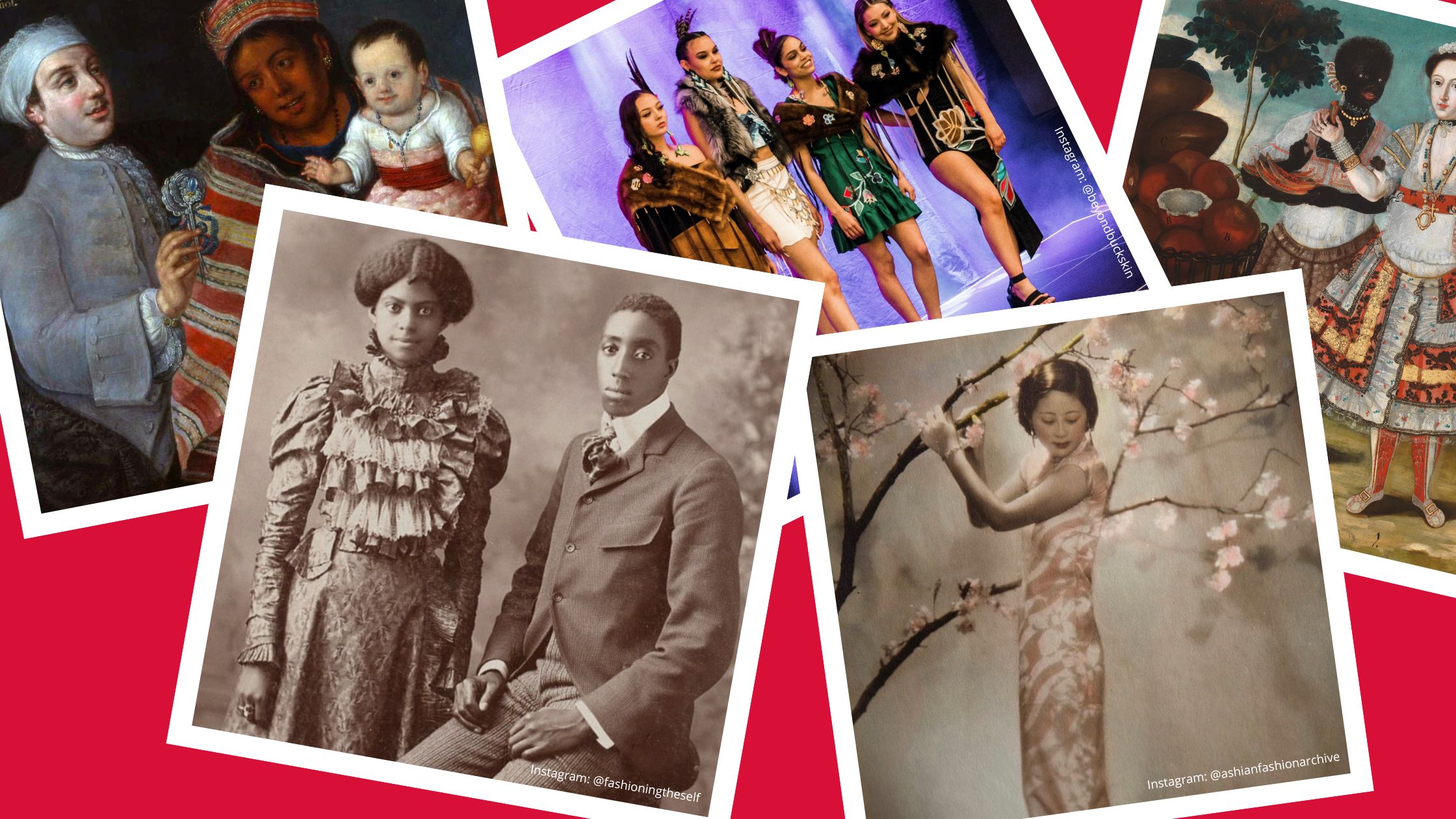If you’ve been reading me for a while—or actually since the inception of my newsletter—you probably know that I spend a lot of time thinking about what it means to decolonize fashion. Last month I also expanded a bit on the term “decolonization.” As you might recall, I sometimes feel that “decolonization” is slowly becoming more and more shallow, likely as a result of more people using it without really engaging with the revolutionary and life-changing power of decolonial praxis.
I won’t go into the details today, but embracing a decolonial praxis—and decoloniality more broadly—requires us to understand the impact of colonialism and imperialism on fashion, including the many forms of systemic oppression, which are rooted in colonialism, and continue to shape much of the fashion system today.
More importantly, it is essential that we see beyond hegemonic discourses of fashion to fully unpack the diverse histories of fashion around the world. (And by “hegemonic” I mean everything that has to do with the practices and viewpoints rooted in the Euro-North American geopolitical centers.) Only in doing so will we be able to really build upon the many forms of resistance that have shaped the fashion practices of the people who have been oppressed by colonialist structures for centuries. And perhaps, one day, we’ll find ourselves advancing towards truly decolonial fashion practices.
With that in mind, today I share some resources that I consider essential to move past hegemonic discourses of fashion and devise the diversity of fashion practices that have existed around the globe since time immemorial.
So please let me introduce you to (drumroll please) my first:
Fashion in Focus
This new section analyzes fashion from a decolonial perspective. Through case studies, object analyses, and resource lists, this column offers insight on a diversity of practical strategies that may help us achieve more sustainable, diverse, equitable, and socially just fashion practices.
Note: Fashion in Focus is part of the new blog/newsletter structure I announced in my monthly updates last week (and on Instagram). If you’re receiving this via email, you’ll also notice that I moved to a new platform that makes more sense for my content creating objectives. While you’ll continue receiving all updates via email, if you’re subscribed to my list, the archive will live permanently on my blog.
To launch “Fashion in Focus,” I’ve decided to gather 5 online resources to learn about fashion from non-hegemonic perspectives. My selection includes projects that focus on Native American, Black, Asian, and Latin American fashion practices. I also dared to include a nascent project of mine that I’m excited to build now that I have officially completed my doctorate. I understand that this is not a comprehensive list of resources and I do hope to continue growing it and create some sort of guide in the near future. Please also feel free to drop your own recommendations in the comment section of this blog post or send them to me via email.
- Beyond Buckskin is a website and business dedicated to promoting and selling Native American made fashion led by Dr. Jessica R. Metcalfe (Turtle Mountain Chippewa). Dr. Metcalfe is a leading figure in the writing of Native American fashion and devising strategies to avoid cultural appropriation and engage in ethical and socially just business interactions and exchanges between hegemonic fashion brands and Indigenous designers, communities, and creatives.
- Fashioning the Self in Slavery and Freedom is a digital humanities project that explores intersections between slavery and the fashion system. Through exhibitions, social media content, and a zine, Dr. Jonathan Michael Square opens up explorations of and reflects on the important relationship between fashion practices and dress, equity, and identity.
- Asian Fashion Archive is a digital resource project highlighting Asian fashion, culture, and history. It emerged from Faith Cooper’s frustrations due to anti-Asian racism, the lack of Asian representation in Western fashion and media, and the many negative portrayals, narratives, and stereotypes of Asian people and cultures.
- The Fashion and Race Database is a subscription-based, online educational platform filled with tools that expand the narrative of fashion history and challenge mis-representation within the fashion system. In addition to aggregating resources to understand the diverse expressions of historical and contemporary fashion, the FRD also offers original essays and virtual and in-person events. The project is led by Kimberly M. Jenkins and I have had the honor to be a team member since 2020 😊
- Imperio de la moda/Empire of Fashion is a research project that I started as part of my doctoral dissertation and, now that I have some “free” time, I’m more than ready to start working on it again. Through a material- and object-based approach, the project sheds light on the intrinsic relationship between fashion, globalization, and colonization since the fifteenth century. Stay tuned for more content coming very soon 🔥
As always, thank you, thank you for reading! Don’t hesitate to share your own in the comments or via email.
Until next time,
—L 🩷

Leave a Reply